#Megalopyge
Text
@thehummer submitted: What type of caterpillar/larvae is this??

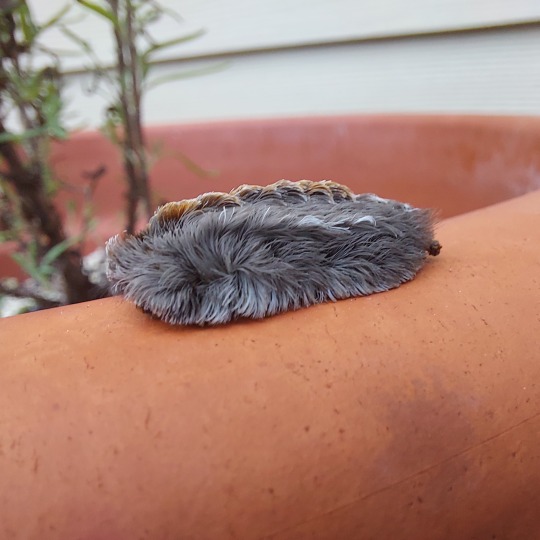
I can't ID properly without a location but it's some kind of flannel moth caterpillar. Given the colors, possibly a southern flannel moth. Do not touch them unless you love agonizing pain :)
411 notes
·
View notes
Text
I helped my friend Emilio write a paper about venomous caterpillars in the United States. A field identification guide to Megalopygidae is provided in the appendix. 🦋
You can read it here for free!
26 notes
·
View notes
Text


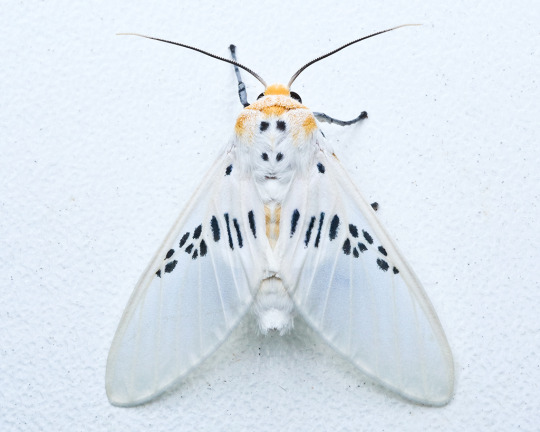
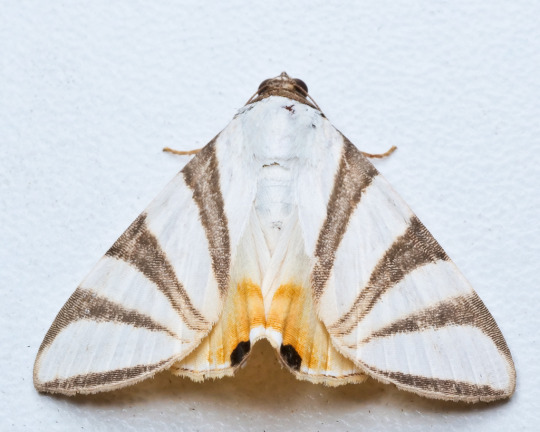


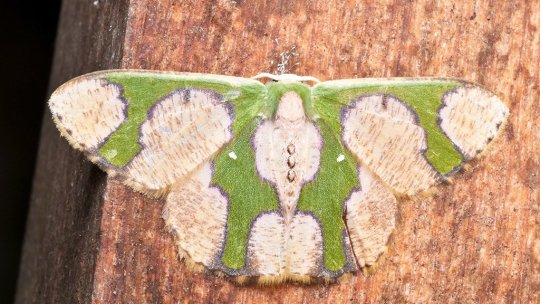
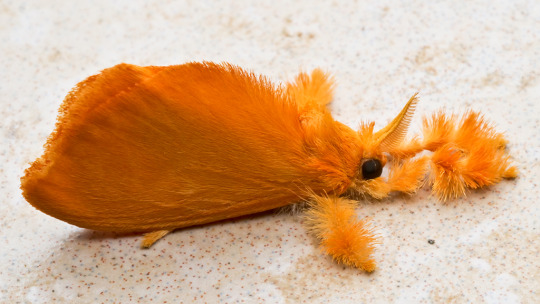
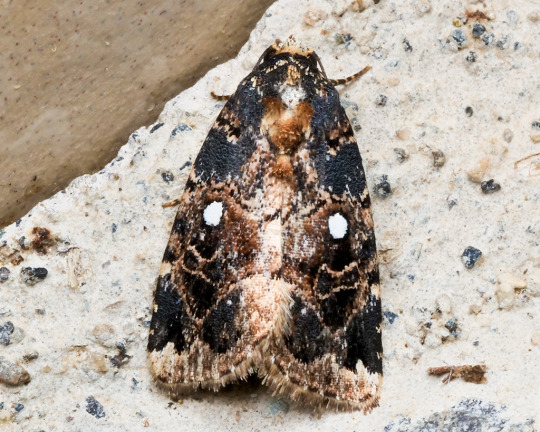

Eerika Schulz, a german photographer has been uploading beautiful pictures of different insects around the Heimatlos farm and lodge in Puyo, Ecuador. The diveristy of moths in a single place is incredible, all these were taken in the same location and here's just some of my favorites.
ID:
1. Emarginea minastes
2. Clemensia sp.
3. Idalus fasciipuncta
4. Eulepidotis preclara
5. Parasa flora
6. Trosia sp.
7. Oospila albicoma
8. Agrasa sp.
9. Hampsonodes sp.
10. Euglyphis aleria
#lepidoptera#megalopyge#erebidae#moths#nature#ecuador#rainforest#bugs#insects#parasa flora#trosia sp#idalus fasciipunta
4 notes
·
View notes
Text

Megalopyge opercularis, Southern Flannel Moth (Hodges #4647). SERC, Edgewater, Anne Arundel County, MD - 07/01/16.
2K notes
·
View notes
Text
Moth of the Week
Southern Flannel Moth
Megalopyge opercularis

The southern flannel moth is a part of the family Megalopygidae, the family of flannel moths or crinkled flannel moths. It was described by Sir James Edward Smith in 1797. They get the name “flannel moth” from being covered in setae, hair like bristles that give them a fuzzy, soft look.
Description Adult moths have round, hairy bodies ranging in coloration from cream at the bottom to yellow or light brown at the head. It’s legs are the same brown as the body with black feet. The forewings fade from a darker brown to cream with black/dark brown at the top edge or “costal margin.” The outer margin is white and the middle of the forewings have white patterning. The hindwings are fully cream or have a similar gradient. The antennae of females are thin and white, while males have feathery yellow antennae. Males and females may have differing coloration. Females are larger than males.
The caterpillars are known for their long stinging hairs and their unusual amount of prolegs. Flannel moth caterpillars have 7 pairs of prolegs, while all other butterfly and moth caterpillars have 5 or fewer.
Average wingspan: 30 mm (≈1.18 in)
Diet and Habitat This species live on oak, elm, and wild plum as well as many garden plants such as roses and ivy. Adult moths do not feed.
It’s distributed across the eastern United States/Gulf Coast. They range from New Jersey to Florida and west to Arkansas and Texas. It is common in Florida but reaches its greatest abundance in Texas. They can reach further south to Mexico and Central America. They are commonly found in wooded areas like deciduous forests but can also be found in urban and suburban gardens.
Mating This moths has 2 generations per year, one in the summer and one in the fall. Late larvae may overwinter in their cocoon and emerge in late spring. Females usually mate the night of they leave their cocoons and lay their eggs during the first two nights following mating. Eggs are laid in single or double curved rows and occasionally in patches on foliage or small twigs and are covered with hair from the under side of the female to protect them. Eggs hatch in six to eight days.
Predators Observations of this moth’s predators is lacking, but there are a few reports of lacewing feeding on their eggs and a lizard eating a later instar. It is assumed they are preyed on by other common predators of moths like birds, bats, praying mantises, lady beetles, and ants. At least four species of tachinid flies and two species of ichneumonid wasp have been reported to parasitize the flannel moth larva. The caterpillar protects itself with long venomous spines. When touched they cause severe skin irritation, described as like a broken bone or blunt-force trauma, or even white hot. The reaction tends to spread:
“The reactions are sometimes localized to the affected area, but are often very severe, radiating up a limb and causing burning, swelling, nausea, headache, abdominal distress, rashes, blisters, and sometimes chest pain, numbness, or difficulty breathing. Sweating from the welts or hives at the site of the sting is not unusual.”
Fun Fact The caterpillars are covered in long setae, making it resemble a tiny Persian cat, which is where it is assumed the name "puss" comes from. Some of the many names for the larva include: puss caterpillar, asp, Italian asp, fire caterpillar, woolly slug, opossum bug, puss moth, tree asp, and asp caterpillar.
(Source: Wikipedia; IFAS Extension, University of Florida; Missouri Department of Conservation; AZ Animals)
#libraryofmoths#animals#bugs#facts#insects#moth#mothoftheweek#lepidoptera#Megalopyge opercularis#Megalopygidae#southern flannel moth
123 notes
·
View notes
Text
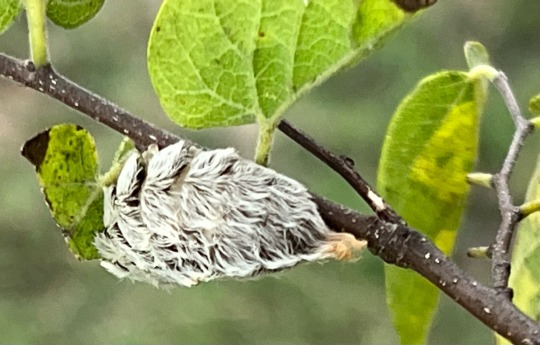
Ough so soft and touchable looking 🥺
[ID: a close up of a Southern Flannel Caterpillar, which is a grey and fluffy caterpillar with orange tufts on its tail end. End ID].
2 notes
·
View notes
Text

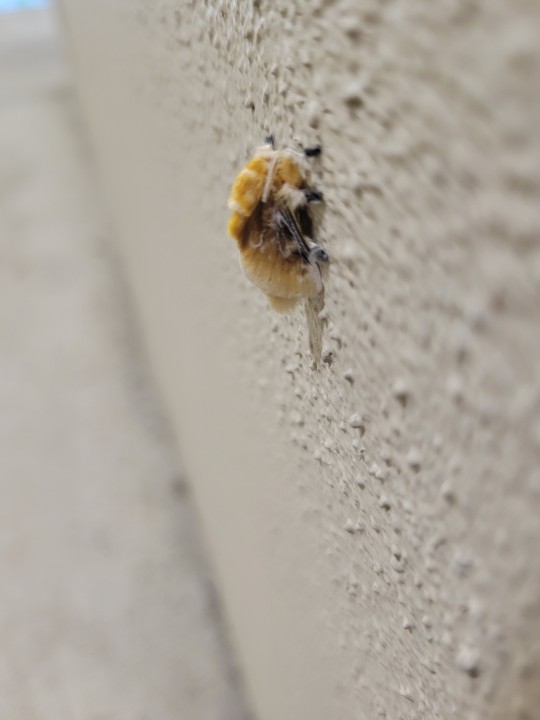
He's so fucking fuzzy
Southern Flannel Moth
0 notes
Note
i recently stumbled upon this picture and since it had no information attached to it i couldnt find out what species this moth is

asking my favourite moth based account for help 🤧
It is a megalopyge opercularis!
205 notes
·
View notes
Photo

Megalopyge perseae, a species of flannel moth (family Megalopygidae), Colombia
photograph by alefox123 | inaturalist CC
576 notes
·
View notes
Text
the bad kids as moths
my 100% correct opinions based on looks, vibes, names, etc.
Adaine: small emerald moth (hemistola chrysoprasaria)

Fig: scarlet-bodied wasp moth (cosmosoma myrodora)

Riz: coffee clearwing (cephonodes hylas)

Fabian: atlas moth (attacus atlas)
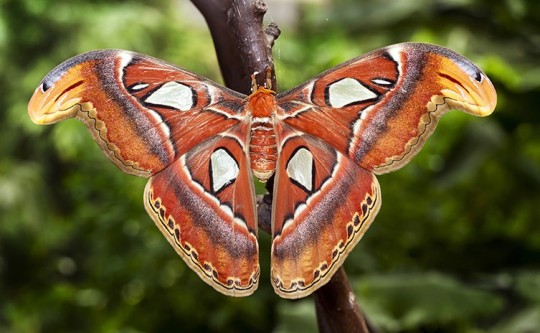
Gorgug: african moon moth (argema mimosae)

Kristin: southern flannel (megalopyge opercularis)

206 notes
·
View notes
Text
ROSY MOTHS (4)
Eochroa trimenii
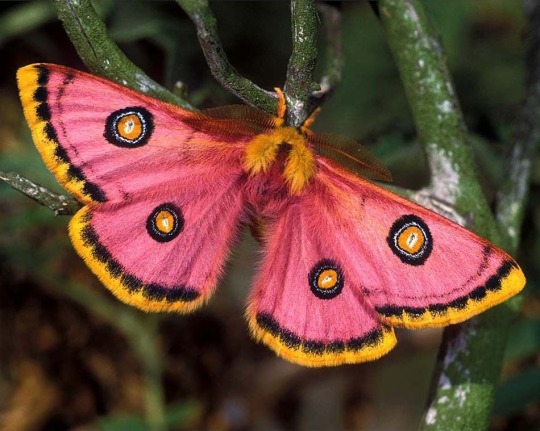
Privet Hawckmoth

Pink Prominent

Painted tiger moth
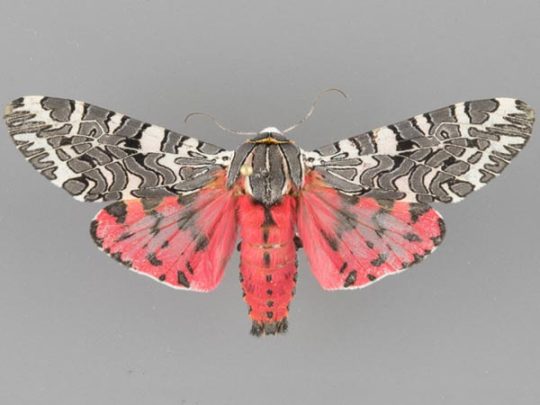
Pink-spotted hawckmoth

Pink star moth

Megalopyge lanata

Cerodirphia candida
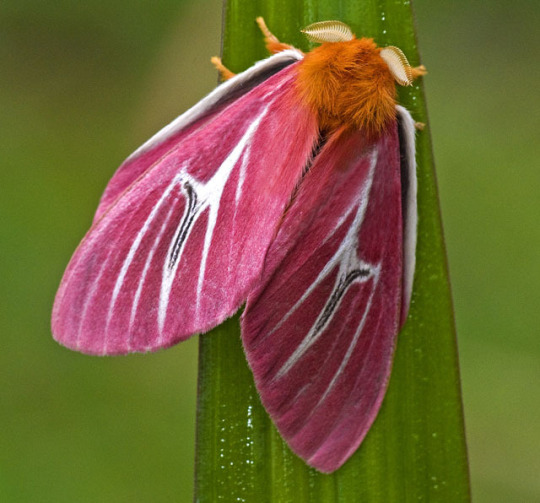
Honey locust moth

Grammia arge tiger moth

52 notes
·
View notes
Text
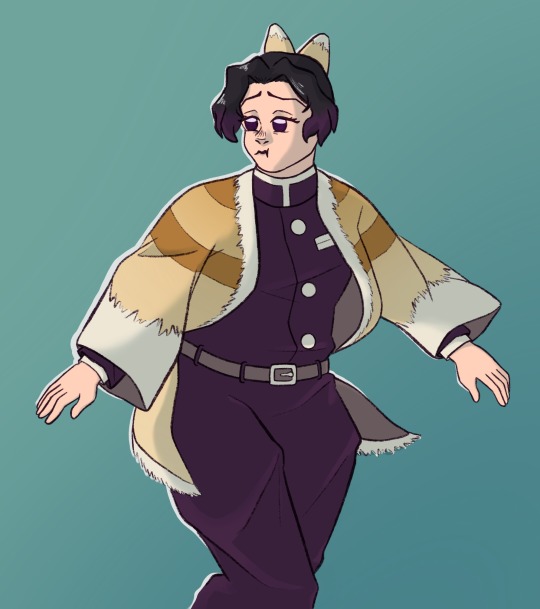
Shinobu redesign for my hashira surplus au! She's based on a type of moth with poisonous spines. Rambling under the cut :P
In this au, Kanae is still alive, so Shinobu doesn't use her haori or become a hashira. With more free time, she focuses more on weapon development, taking inspiration from Megalopyge opercularis moths, which is what her haori resembles. She develops throwing knives based on its poisonous spines.
Being one of the fastest hashira in canon, in this au Shinobu doesn't normally use long distance attacks as she can reach and stab her opponents before they can strike her. She only tends to use them when she cannot get close to the demon she is fighting regardless of speed, such as if they have a blood demon art around them at all times. For example, a fire demon could have a flame shield which would burn her but she could throw a knife to strike it without going through the demon art herself.
Aoi also really likes to have poison on her. When someone annoys her, she pulls a vial out of a hidden pocket in her uniform and threatens to poison them. This is an effective threat because it is known that the pervert who designed the revealing uniforms were poisoned. (Shinobu did it and Kanae pretends not to know.)
After being teased by Uzui for her "unflashy" uniform, Shinobu and Aoi work together to make her haori shown here. The next time Uzui sees her, he gives her a thumbs up. She pretends not to see him. He's still salty about it.
Masterpost
First post + concept
First comic
#kny#kimetsu no yaiba#demon slayer#kny fanart#demon slayer fanart#kny au#demon slayer au#shinobu#shinobu kocho#shinobu kimetsu no yaiba#kny shinobu#redesign#fanart#art#my art#digital art#fix it au#kny fix it
90 notes
·
View notes
Text
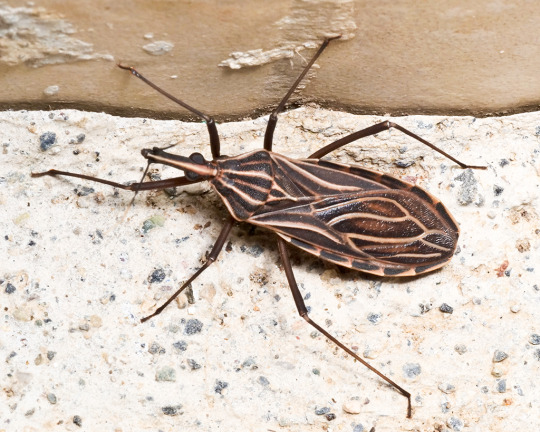





Other favorites by Eerika Schultz, photographed in Puyo, Ecuador.
#beetles#lepidoptera#moths#bugs#insects#entomology#oiticella brevis#megalopyge albicollis#augocoris gomesii#euclera meones
1 note
·
View note
Text
Megalopyge crispata
(Black-waved flannel moth)
This is the little guy:D
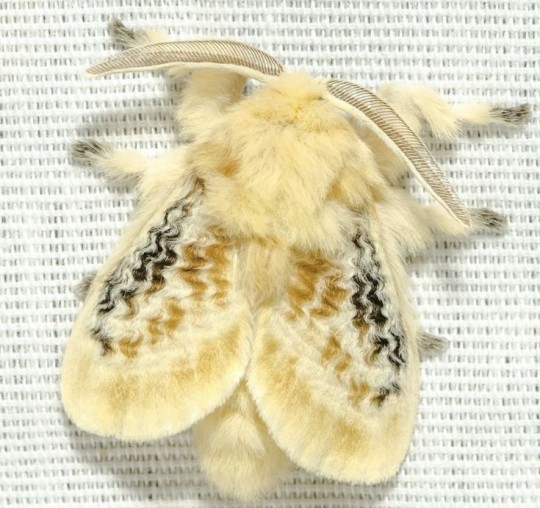
The little guy is in the Megalopygidae family and can be found by the east coast of the US! Don't touch it though it's venomous and has little hairs that administer the venom. This moth loves eating trees like oaks, elms, and pecans. But they can also be found in crops such as cotton, peanuts, and corn!
#bugs#bugblr#i love bugs#fluffy little guy#AHHHHHHH#this is what happens when autism:3#:3#i love moths#moths
41 notes
·
View notes
Text
Accidentally set this post to one day, instead of one week. Unfortunately, we cannot edit polls, so we had to repost.




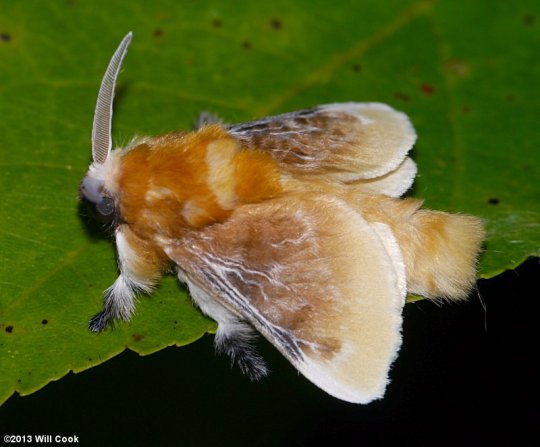

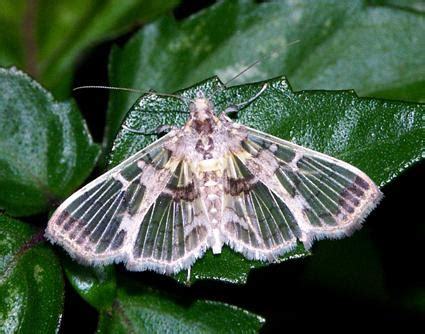
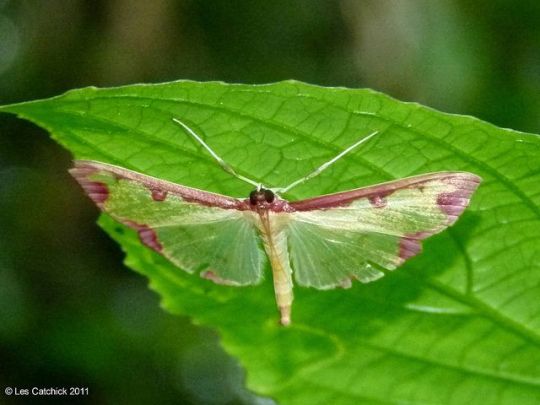
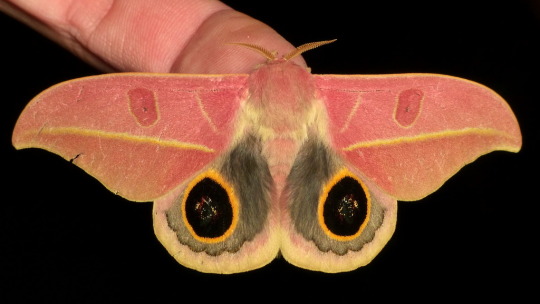

(image reference, by order that they're listed in the poll)
#bugs#insects#moths#polls#lepidoptera#moth polls#we speak#while reposting this we almost made the EXACT same mistake#anyways. if you voted previously we'll count your votes twice#the excel chart will just have to get an extra column
65 notes
·
View notes
Text


New little guy! Mervin Marshall (Jonah’s dad) Is a Black-Waved Flannel Moth! (Megalopyge Crispata)
I couldn’t leave Jonah as the only little guy in the Megalopyge family any longer…
14 notes
·
View notes